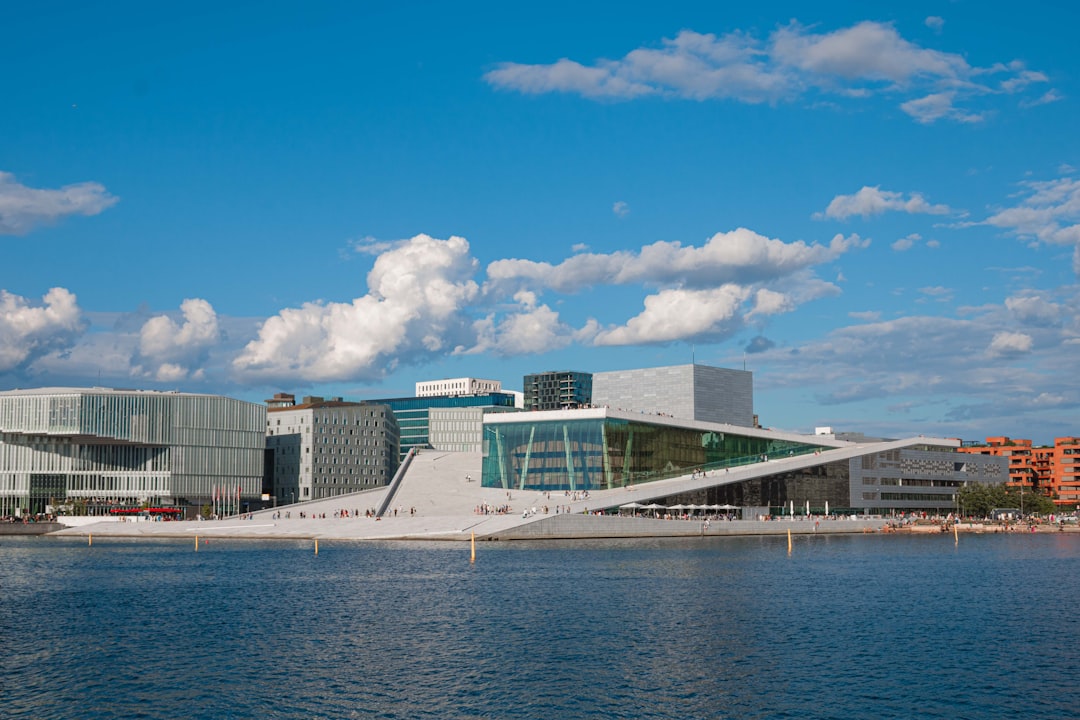The European Health Insurance Card (EHIC) is a vital document that allows individuals from European Union (EU) member states, as well as those from the European Economic Area (EEA) and Switzerland, to access necessary healthcare services while travelling abroad. The card serves as proof of entitlement to state-provided healthcare in the host country, ensuring that cardholders receive treatment on the same basis as local residents. This initiative aims to facilitate cross-border healthcare access, making it easier for citizens to travel within Europe without the fear of incurring exorbitant medical expenses.
The EHIC covers a range of medical services, including hospital treatment, visits to general practitioners, and necessary medical care during temporary stays. However, it is essential to note that the card does not replace travel insurance; rather, it complements it by providing access to public healthcare services. The EHIC is particularly beneficial for those who may require medical attention while on holiday or during business trips, as it simplifies the process of receiving care in a foreign country. Take the first step. Book a consultation with the Norway Relocation Group for your move to Norway.
Summary
- The European Health Insurance Card (EHIC) allows citizens of EU/EEA countries to access necessary healthcare during temporary stays in other member states, including Norway.
- To apply for an EHIC in Norway, individuals can do so online through the Norwegian Health Economics Administration (Helfo) website or by visiting a local Helfo office.
- The EHIC in Norway provides coverage for necessary medical treatment, including emergency care, maternity care, and treatment for pre-existing conditions.
- Limitations and exclusions of the EHIC in Norway may include non-urgent or planned medical treatment, as well as private healthcare services.
- In emergency situations in Norway, individuals can use their EHIC to access necessary healthcare services, including hospital treatment and medication.
How to apply for an EHIC in Norway
In Norway, applying for an EHIC is a straightforward process that can be completed online or through designated offices. For Norwegian citizens and residents, the application can be made via the Norwegian Labour and Welfare Administration (NAV) website. Applicants must provide personal information such as their name, address, and national identification number.
It is also necessary to confirm that they are registered in the Norwegian National Registry, which ensures that they are entitled to public healthcare services. Once the application is submitted, it typically takes a few weeks for the card to be processed and delivered. In some cases, individuals may need to visit a NAV office in person to provide additional documentation or identification.
For those who are not Norwegian citizens but are residing in Norway, the process may differ slightly, and it is advisable to consult with NAV or local authorities for specific guidance on eligibility and application procedures.
Understanding the benefits of the EHIC in Norway

The benefits of holding an EHIC while in Norway are numerous and significant. Firstly, it grants access to medically necessary healthcare services without the need for upfront payment, as long as the treatment is provided by public healthcare facilities. This means that individuals can receive essential medical care without worrying about the financial implications of unexpected health issues during their stay.
Moreover, the EHIC covers a wide range of services, including consultations with doctors, hospital stays, and emergency care. This comprehensive coverage ensures that travellers can seek medical assistance when needed, whether for minor ailments or more serious health concerns. Additionally, the card allows for continuity of care; if a patient requires ongoing treatment while in Norway, they can access necessary services without interruption.
Limitations and exclusions of the EHIC in Norway
While the EHIC provides valuable coverage, it is important to be aware of its limitations and exclusions. One significant limitation is that the card only covers treatment provided by public healthcare services. Private healthcare providers are not obliged to accept the EHIC, which may result in higher costs for those seeking care outside of the public system.
Therefore, travellers should ensure they are aware of which facilities accept the card before seeking treatment. Furthermore, the EHIC does not cover all types of medical care. For instance, planned treatments or procedures that are not deemed medically necessary during a temporary stay may not be covered under the EHIC scheme.
Additionally, certain services such as dental care or prescription medications may have restrictions or may require co-payments. It is crucial for individuals to familiarise themselves with these limitations to avoid unexpected expenses during their time in Norway.
Using the EHIC in emergency situations in Norway
In emergency situations, the EHIC can be a lifesaver for travellers in Norway. If an individual requires urgent medical attention due to an accident or sudden illness, they can present their EHIC at any public hospital or healthcare facility. The card will facilitate access to necessary emergency care without requiring upfront payment, allowing patients to focus on their recovery rather than financial concerns.
It is advisable for travellers to carry their EHIC at all times while in Norway, as emergencies can arise unexpectedly. In addition to presenting the card at healthcare facilities, individuals should also be prepared to provide identification and any relevant medical history if possible. This information can assist healthcare providers in delivering appropriate care swiftly and effectively.
Renewing and replacing your EHIC in Norway

Renewing or replacing an EHIC in Norway is a relatively simple process. The card typically has a validity period of five years; therefore, it is essential for holders to keep track of its expiration date. To renew an EHIC, individuals must follow a similar application process as when they first applied.
This can be done online through the NAV website or by visiting a local NAV office. If an EHIC is lost or stolen, it is crucial to report this immediately to prevent any potential misuse. Individuals can apply for a replacement card through NAV by providing relevant identification and details regarding the loss or theft of the original card.
The replacement process usually takes a few weeks, so it is advisable to apply as soon as possible to ensure continued access to necessary healthcare services.
EHIC coverage for pre-existing medical conditions in Norway
One common concern among travellers is whether their pre-existing medical conditions will be covered under the EHIC scheme while in Norway. Generally speaking, the EHIC does provide coverage for necessary treatment related to pre-existing conditions; however, this is contingent upon certain factors. If an individual requires treatment for a pre-existing condition during their temporary stay in Norway, they should ensure that it is deemed medically necessary by a healthcare professional.
It is important to note that while emergency treatment related to pre-existing conditions may be covered, planned treatments or procedures are typically not included under EHIC coverage. Therefore, individuals with chronic health issues should consider obtaining comprehensive travel insurance that includes coverage for planned medical care abroad.
EHIC coverage for temporary stays in Norway
The EHIC is designed primarily for individuals who are visiting Norway temporarily, whether for tourism, business, or other short-term purposes. During these stays, cardholders can access necessary healthcare services on par with local residents. This means that if a traveller falls ill or sustains an injury while in Norway, they can seek treatment without incurring significant costs.
However, it is essential for travellers to understand that the EHIC does not cover long-term stays or residency situations. If an individual plans to live in Norway for an extended period or move there permanently, they must register with local authorities and obtain a different form of health coverage through the Norwegian National Health Service.
EHIC coverage for planned medical treatment in Norway
While the EHIC provides extensive coverage for emergency medical care and necessary treatments during temporary stays, it does not typically cover planned medical treatments in Norway. This means that if an individual intends to travel specifically for a medical procedure or treatment that can be scheduled in advance, they will need to explore alternative options for coverage. Individuals seeking planned medical treatment should consider private health insurance or arrangements with specific healthcare providers prior to their trip.
It is crucial to research and understand what services will be available and what costs may be incurred when seeking planned treatments abroad.
EHIC coverage for maternity care in Norway
Maternity care is another area where understanding EHIC coverage is essential for expectant mothers travelling to Norway. The EHIC does provide access to necessary maternity care services; however, this typically applies only to emergency situations or complications arising during pregnancy. Routine prenatal care and planned childbirth may not be covered under the EHIC scheme.
Expectant mothers planning to travel should consult with their healthcare providers before their trip and consider obtaining additional travel insurance that includes comprehensive maternity coverage. This will ensure that they have access to all necessary services throughout their pregnancy while abroad.
EHIC coverage for students and retirees in Norway
Students and retirees residing temporarily in Norway can also benefit from the EHIC scheme. For students studying abroad within the EU/EEA who hold an EHIC, access to necessary healthcare services is available on equal terms with local residents. This ensures that students can focus on their studies without worrying about potential health issues.
Similarly, retirees who choose to spend time in Norway can utilise their EHIC for necessary medical care during their stay. However, both groups should remain aware of the limitations associated with planned treatments and ensure they have adequate insurance coverage for any specific needs that may arise during their time in Norway. In conclusion, the European Health Insurance Card (EHIC) serves as an invaluable resource for individuals travelling within Europe, particularly in Norway where access to public healthcare services is facilitated through this document.
While it offers numerous benefits such as coverage for emergency care and necessary treatments during temporary stays, it is essential for travellers to understand its limitations and exclusions fully. By being informed about how to apply for an EHIC and its various provisions—especially regarding pre-existing conditions and maternity care—individuals can ensure they are well-prepared for any health-related needs while enjoying their time in Norway.
Learn more about the Norwegian classes at the NLS Norwegian Language School in Oslo

